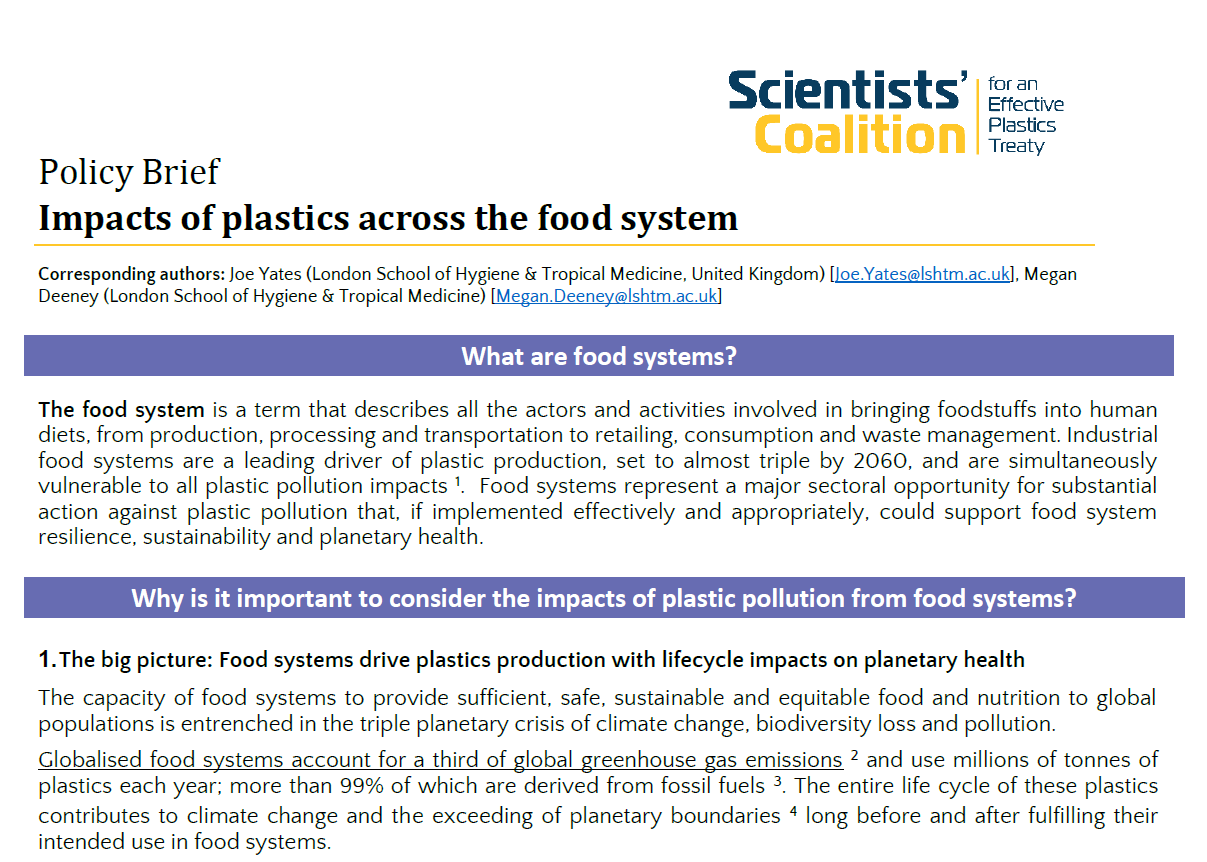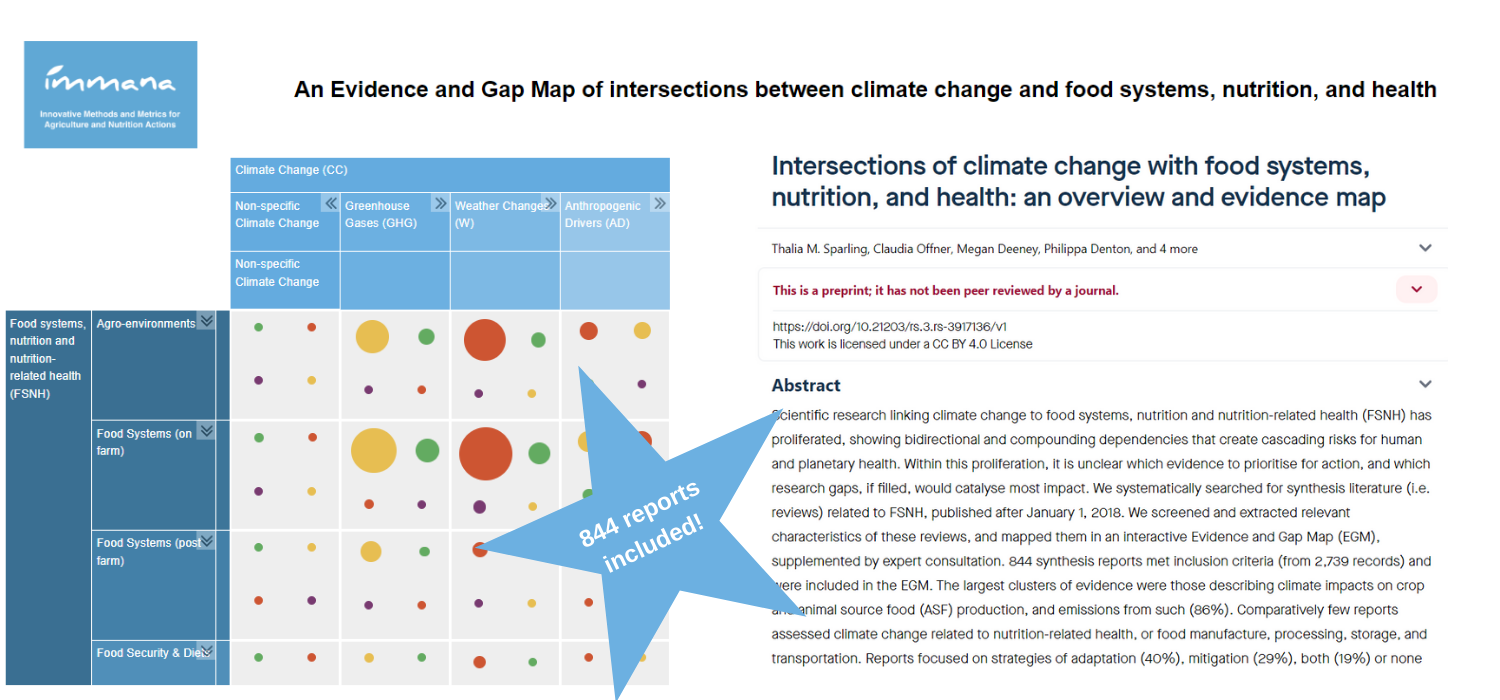A new brief by IMMANA Fellow Abdullah-Al Mamun titled Quantifying the nutrients in by-products from fish processing for use in sustainable aquaculture in Bangladesh provides new insights into the nutritional and commercial value of repurposing currently wasted/ underutilised fish by-products.
Raw fish is currently used in the aquaculture industry to produce fish-meal and fish-oil to feed fish, yet globally around 9.1m tonnes of nutrient-rich fish by-products are produced annually.
Sixteen species of fin-fish and crustaceans were sampled from 200 retail fish markets (n=>3,000 fish) in Bangladesh. The length, weight and wastage (fins, scales, gills, viscera, claw and shell) resulting from traditional cleaning/ processing were recorded and nutritional analysis of the by-products undertaken.
The author found that the volume of by-products from fin-fish averages 15% of total body weight, whilst shrimps and prawns by-products make up 50-66% of their weight. Analysis of the viscera found they were dense in micronutrients, protein and lipids, often more so than the consumed portion of the fish.
Using these estimates, it is expected that by-products of processing fish could yield 52,673 tonnes of protein, and 71,769 tonnes of fat annually in Bangladesh. If used to produce fish-meal and fish-oil this could be worth 32.56-65.46 million USD.
Read more about Mamun's fellowship and work at Climate change and aquaculture intensification: Potential impacts on undernutrition in Bangladesh




